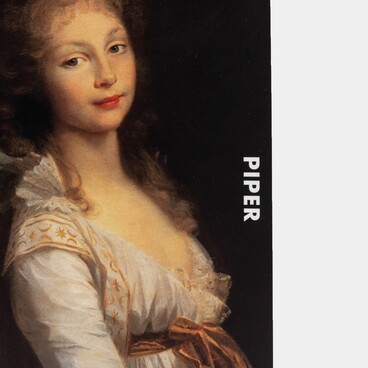The commemorative medal “Peace of Tilsit. 200 years” was awarded to the participants of the military history festival dedicated to the anniversary of the historic event.
The obverse of the medal depicts a raft on the Neman river, where the historic meeting of Emperor Alexander I and Napoleon Bonaparte took place. The raft has the coat of arms of the city of Tilsit on it, and there is an oval disc with the date of the event on the waves of the Neman. On the left there is the monogram of Napoleon under the imperial crown, on the right — the monogram of the Prussian king Friedrich William III, and on the top — the monogram of Emperor Alexander I, crowned with two laurel branches. In the lower part of the reverse side, the medal depicts the bridge of Queen Louise, one of the architectural sights of the town of Sovetsk (formerly Tilsit). Above are stamped dates “1807” and “2007”, separated by the image of the coat of arms of the Kaliningrad region, which is the top of the composition of the reverse. The medal is made of yellow metal and has no loop or other fastenings for wearing.
In Tilsit (now the town of
Sovetsk in Kaliningrad region), two separate treaties were signed — between
Russia and France and between France and Prussia, ending the war of 1806–1807,
in which Russia had helped Prussia. The Tilsit Peace Treaty was concluded as a
result of personal negotiations between the emperors of Russia, Alexander I and
Napoleon I of France. On June 13/25, 1807, the emperors met on a raft in the
middle of the Neman river and talked face to face in a covered pavilion. Under
the terms of the peace treaty, signed on June 25 (July 7), 1807, Russia agreed
to the creation of the Grand Duchy of Warsaw, to the division of Prussia, as
well as to supporting Paris in its military campaigns. Russia joined the
continental blockade and received Finland as an autonomous principality of the
Empire. France committed itself not to assist Turkey, which had been at war
with Petersburg since 1806. In fact, the monarchs divided the spheres of
influence in Europe: Western and Central Europe became the sphere of influence
of France, while Eastern and Northwestern Europe was now the sphere of
influence of the Russian Empire. A separate act finalized the offensive and
defensive Russian-French alliance.



